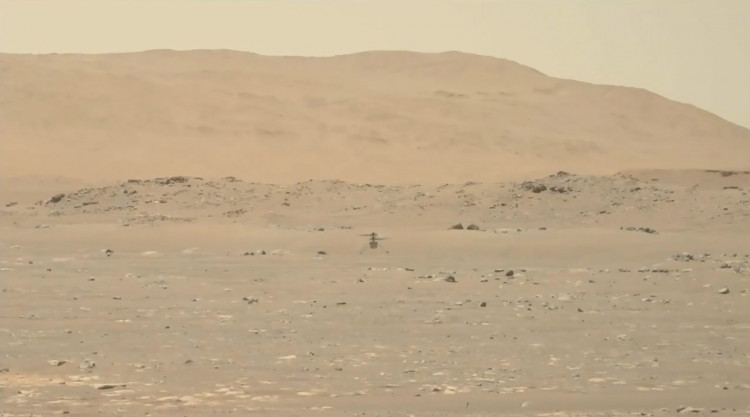Next week, NASA and the European Space Agency (ESA) will present new information on their plans for bringing parts of Mars to Earth.
On July 27, at 11 a.m. EDT (1500 GMT), the agencies will conduct a press conference to discuss the return of Mars samples which is available on Space.com or directly on the organization's website.
The project's goal is to return to Earth as soon as 2033 using Martian samples collected by the Perseverance rover. The objective is to enable researchers to examine the samples for any evidence of early Martian life as well as details on how the Red Planet changed through the ages.
In a press release announcing the news conference, NASA said that the agencies "recently held a systems requirement review as part of the Mars Sample Return campaign's conceptual design phase - a phase when the architecture is refined and solidified." In terms of spaceflight missions, architecture generally refers to the concepts underlying how a mission will be carried out.
If the timeline holds, the architecture proposal will be completed in September, and the agencies will probably go over the process for approval during the briefing.
In May of this year, NASA held two virtual public meetings and requested feedback from the public on an environmental assessment for the mission. As the mission is developed, the agency will take these suggestions into account. Later in 2022, a draft environmental impact statement is expected to be released, according to NASA officials.
When the alliance opted to create a second lander because of the mission's mass requirements in March, the design underwent a significant alteration. While the second lander will carry an ESA-built "fetch rover" to collect Perseverance's samples, the first lander will carry a NASA-developed Mars ascent vehicle (MAV) to the planet's surface.
The fetch rover will load the MAV with the cache it has collected from Perseverance while collecting data in Mars' Jezero Crater. The samples will subsequently be launched by the MAV and delivered to Mars orbit where they will be transferred to an ESA-provided Earth-return orbiter for return to Earth.
The project's launch date is pushed back two years to 2028 due to the inclusion of the second lander, while the mission's return to Earth mission is pushed back another two years to 2031.
Nevertheless, it was the right decision according to NASA officials. The altered strategy according to them, "is consistent with the Mars Sample Return Independent Review Board's (IRB) finding that a dual-lander architecture may improve the probability of mission success."





